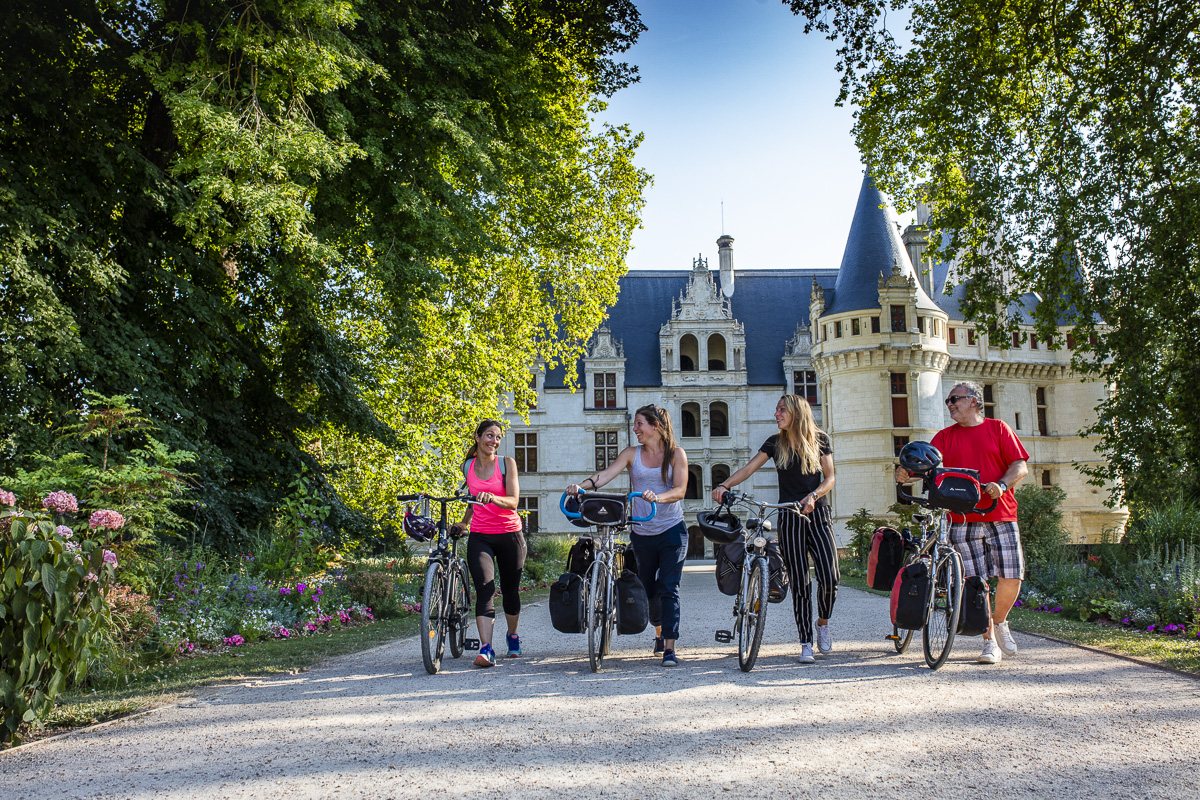18 - De l'osier au panier

Azay-le-Rideau
18 - De l'osier au panier
Easy
2h
20,7km
+191m
-191m
Loop
Embed this item to access it offline
Description
1. Castle of Azay-le-Rideau
Don’t miss the Chateau d’Azay-le-Rideau, built on a island in the middle of the Indre and his romantic park.
2. Azay-le-Rideau
You can discover Azay-le-Rideau, a land of history and heritage. Along the shopping streets, you can discover the local shops, restaurants and craftsmen. Nearby : the Château de l’Islette and its gardens and the Maurice Dufresne Museum.
3. La Vallée troglodytique des Goupillières
A group of three troglodyte farms, typical of Old Touraine. Let yourself be guided as you discover by torchlight the fascinating features of an underground refuge dating from the Middle Ages, dug by the peasants from the tufa stone.
4. Saché
Around a central square with a mobile by Alexander Calder, you will find a magnificent 15th century house. You can visit the chateau de Saché (Balzac Museum), favorite place of inspiration for Honoré de Balzac.
5. Villaines-les-Rochers
As producers of both willow and baskets, the inhabitants of Villaines-les-Rochers have known for century how to get the best from this plant to make objects, furniture and artistic creations. You can also see troglodyte dwellings.
Don’t miss the Chateau d’Azay-le-Rideau, built on a island in the middle of the Indre and his romantic park.
2. Azay-le-Rideau
You can discover Azay-le-Rideau, a land of history and heritage. Along the shopping streets, you can discover the local shops, restaurants and craftsmen. Nearby : the Château de l’Islette and its gardens and the Maurice Dufresne Museum.
3. La Vallée troglodytique des Goupillières
A group of three troglodyte farms, typical of Old Touraine. Let yourself be guided as you discover by torchlight the fascinating features of an underground refuge dating from the Middle Ages, dug by the peasants from the tufa stone.
4. Saché
Around a central square with a mobile by Alexander Calder, you will find a magnificent 15th century house. You can visit the chateau de Saché (Balzac Museum), favorite place of inspiration for Honoré de Balzac.
5. Villaines-les-Rochers
As producers of both willow and baskets, the inhabitants of Villaines-les-Rochers have known for century how to get the best from this plant to make objects, furniture and artistic creations. You can also see troglodyte dwellings.
- Departure : Azay-le-Rideau
- Arrival : Azay-le-Rideau
- Towns crossed : Azay-le-Rideau, Saché, Villaines-les-Rochers, and Cheillé
Forecast
Altimetric profile
Information desks
4 Rue du Château, 37190 Azay-le-Rideau
Report a problem or an error
If you have found an error on this page or if you have noticed any problems during your hike, please report them to us here: